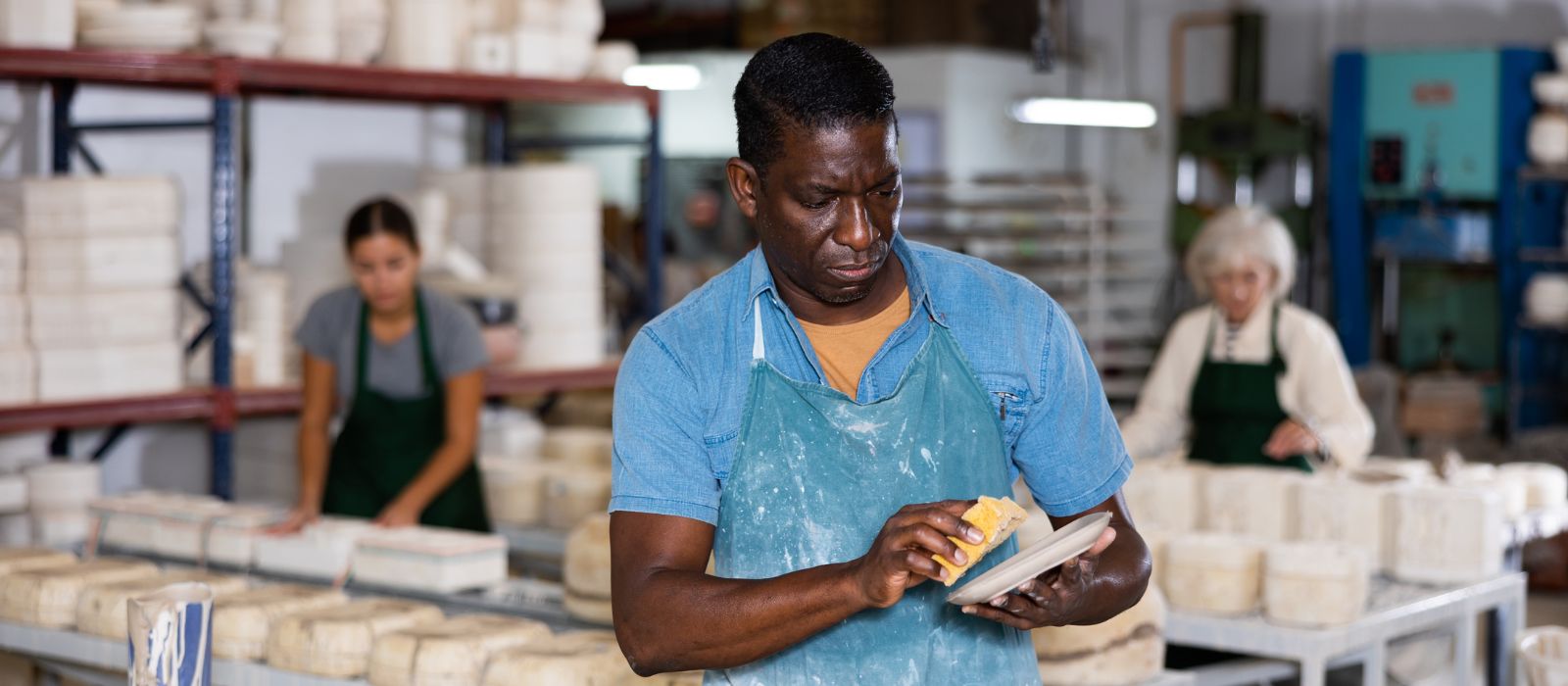
In the gentle embrace of a quiet morning, when the dawn’s light seeps through the curtains and the world outside stirs to life, there lies a decision that can set the tone for the day: to make the bed or not to make the bed. For a season, I found myself caught in the web of nonchalance, neglecting this seemingly trivial task. “Why bother?” I thought, dismissing the act as unnecessary since I was the only occupant of the room.
The sheets lay rumpled, the pillows askew, and each morning as I sipped my tea and gazed at the dishevelled scene, I felt a flicker of guilt mixed with apathy. Yet, amid this chaos, I couldn’t ignore the deeper implications of my choice. As I expected my daughter to make her bed each day, I wrestled with a growing realization: my actions spoke volumes about my values and priorities. This small act—or the lack thereof—had become a curious reflection of my own creativity and a lesson in modelling behaviour for my daughter, intertwining mundane routines with profound lessons about responsibility, self-expression, and the very essence of creativity itself.
Making the bed can be seen as a mundane chore, a ritual steeped in domesticity. However, it serves a deeper purpose. The act of making one’s bed can instil a sense of order and accomplishment, fostering a positive mindset (Friedman, 2020). In the world of creativity, order can paradoxically lead to greater freedom. The clutter of an unmade bed mirrored the creative chaos in my mind: ideas scattered, potential untapped.
Despite my own ambivalence, I found myself expecting my daughter to maintain her bed-making habit. This contradiction illuminated a fundamental principle in parenting and education: the importance of modelling behaviour. Psychologist Albert Bandura’s Social Learning Theory posits that individuals learn from observing others, especially authority figures (Bandura, 1977). If I failed to make my bed, how could I expect her to see its value?
This realization sparked a pivotal shift in my perspective. I began to understand that my actions were not just personal choices; they were lessons in responsibility, creativity, and self-discipline. It was not merely about the aesthetics of a made bed, but about cultivating an environment that nurtures creativity.
In revisiting the act of making my bed, I discovered a form of creativity in the mundane. Each morning became an opportunity to rearrange the pillows, smooth the sheets, and infuse a bit of personal flair into my space. This simple task transformed into a ritual that grounded me, a canvas on which I could express my identity. The intertwining of routine and creativity is well-documented. Research by Csikszentmihalyi (1996) suggests that creativity thrives in environments that balance structure with freedom. By establishing a simple routine, I was inadvertently creating a fertile ground for my own creative impulses to flourish.
As I resumed making my bed, I also became more conscious of my role as a parent, culminating into my role as a leader. I was not just instructing my daughter to make hers; I was inviting her into a shared experience of creativity and responsibility. This act became an opportunity for dialogue about the importance of small rituals in our lives, how they can impact our mindset, and how creativity is not just about grand gestures but also about the small, everyday choices we make.
In her song “Superstar,” Lauryn Hill poignantly expresses a sentiment that resonates deeply with the themes of creativity and inspiration: “Music is supposed to inspire. So how come we ain’t gettin’ no higher?” This line encapsulates a critical reflection on the purpose of artistic expression and the expectations we hold for it. Just as music has the power to uplift and motivate, our daily rituals and choices—such as making the bed—can foster an environment that nurtures inspiration and creativity. Hill’s lyrics challenge us to examine the disconnect between our aspirations and our actions, particularly when we find ourselves lacking motivation in seemingly trivial tasks.
This also underscores the importance of modelling behaviour for others. If I expect my daughter to find value in making her bed, I must first embody that value myself. Hill’s words remind us that creativity is not solely about grand achievements; it resides in the small, consistent actions we take. By embracing the ritual of making my bed each morning, I not only create a sense of order in my life but also set an example for my daughter, demonstrating that even the simplest tasks can be infused with purpose. In doing so, we elevate our daily experiences and inspire those around us to seek out the inspiration inherent in their own routines.
How do our individual actions resonate within the larger fabric of society, particularly when we hold positions of influence? In this expansive view, our behaviours and choices become part of a broader narrative, shaping the creative landscape for others. When we model creativity—whether as parents, educators, or community leaders—we set a precedent that extends beyond our immediate circle. By embodying curiosity, openness, and a willingness to experiment, we inspire those around us to embrace their own creative potential. This ripple effect can cultivate a culture that values innovation and self-expression, encouraging individuals to push boundaries and explore new ideas. Ultimately, the way we navigate our own creative journeys not only enriches our lives but also empowers others to find their voices in the ever-evolving tapestry of human experience.
References
• Bandura, A. (1977). Social Learning Theory. Englewood Cliffs, NJ: Prentice Hall.
• Csikszentmihalyi, M. (1996). Creativity: Flow and the Psychology of Discovery and Invention. New York: HarperPerennial.
• Friedman, M. (2020). The Psychology of Tidying: How Order Can Help Us Create a Better Life. Journal of Environmental Psychology.


